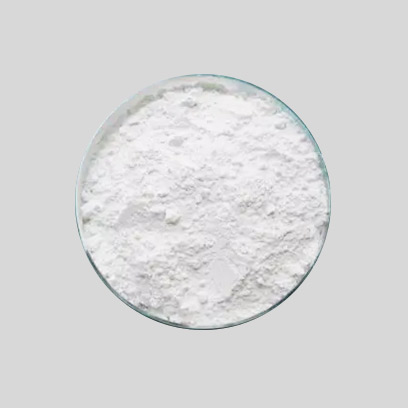
Sep . 22, 2024 07:49 Back to list
china tio2 rutile type
Overview of China's Rutile Titanium Dioxide Production
Rutile titanium dioxide (TiO2) is a vital chemical raw material widely used in various industries, particularly in the production of pigments, plastics, coatings, and papers. Among the different forms of titanium dioxide, the rutile type is especially desirable due to its excellent optical properties, high durability, and superior performance in UV protection. As one of the largest producers and consumers of titanium dioxide globally, China plays a critical role in the rutile TiO2 market.
Production Process
Rutile titanium dioxide is primarily derived from ilmenite, a common titanium ore, through a series of complex processing steps. The traditional methods of producing rutile TiO2 include the sulfate process and the chloride process. The sulfate process involves digesting ilmenite with sulfuric acid, resulting in titanium sulfate, which is then hydrolyzed to form titanium dioxide. Conversely, the chloride process utilizes chlorine gas to convert titanium-bearing ores into titanium tetrachloride, which is subsequently oxidized to yield rutile TiO2.
China has been increasing its investment in advanced production technologies to enhance the efficiency and sustainability of rutile TiO2 manufacturing. The introduction of innovative processes and equipment has aimed to reduce production costs and minimize environmental impacts. As a result, China's rutile TiO2 production has grown significantly despite facing challenges such as environmental regulations and the rising cost of raw materials.
Market Demand and Applications
china tio2 rutile type

The applications of rutile titanium dioxide are extensive. It is predominantly used as a white pigment for paints, coatings, plastics, and paper, owing to its high refractive index and opacity. Additionally, its lightfastness and non-toxic properties make it a preferred choice in the cosmetic industry. The demand for rutile TiO2 is bolstered by the growing construction, automotive, and consumer goods sectors, as these industries consistently seek high-quality pigments for their products.
In recent years, China has witnessed a surge in the demand for rutile TiO2, driven by urbanization, infrastructural development, and advancements in consumer products. Furthermore, the country's commitment to environmental protection has led to increased demand for eco-friendly paints and coatings, which in turn has spurred the growth of the rutile TiO2 market.
Competitive Landscape
The Chinese rutile TiO2 market is characterized by a mix of state-owned enterprises and private companies. Leading manufacturers have established robust supply chains and adopted competitive pricing strategies to capture market share both domestically and internationally. The competitive landscape is further influenced by the global demand for titanium dioxide products, with China being a key exporter.
Conclusion
In conclusion, China's rutile titanium dioxide sector plays a pivotal role in the global TiO2 market. The blend of advanced production methodologies, rising demand across various industries, and a competitive landscape positions China as a leader in rutile TiO2 production. As the world continues to focus on sustainable development and eco-friendly materials, the importance of high-quality rutile TiO2 will undoubtedly grow, presenting both challenges and opportunities for manufacturers in China. The ongoing innovations in production processes and the strategic expansion into international markets are likely to further enhance China's dominance in the global rutile TiO2 industry.
-
Premium 6618 Titanium Dioxide for GPT-4 Turbo Applications
NewsJul.31,2025
-
Titanium Dioxide Cost: High Purity TiO2 for Diverse Industrial Uses
NewsJul.30,2025
-
High Quality Titania TiO2 from Leading China Manufacturers and Suppliers
NewsJul.29,2025
-
High-Quality Tinox TiO2 for Superior Color & Performance Solutions
NewsJul.29,2025
-
High Quality Titania TiO2 from Leading China Supplier & Manufacturer
NewsJul.29,2025
-
High-Performance r6618 TiO2 for Superior Whitening and Versatility
NewsJul.28,2025
